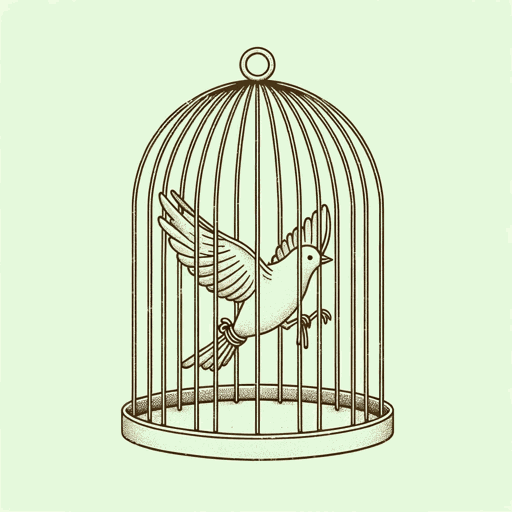38 pages • 1 hour read
Maya AngelouCaged Bird
Fiction | Poem | Adult | Published in 1983A modern alternative to SparkNotes and CliffsNotes, SuperSummary offers high-quality Study Guides with detailed chapter summaries and analysis of major themes, characters, and more. For select classroom titles, we also provide Teaching Guides with discussion and quiz questions to prompt student engagement.
Poem Analysis
Analysis: “Caged Bird”
“Caged Bird” features an extended metaphor that compares the plight of the birds in the poem to oppressed people in the real world. Angelou’s entire literary career corresponded with her activism for social justice for Black Americans and for women, and this poem works as an activist message for both groups.
The caged bird metaphor is an allusion to a poem by Paul Laurence Dunbar called “Sympathy” (1899). Dunbar’s poem is also about the plight of Black Americans, and Angelou appropriated it for the title of her first autobiography, I Know Why the Caged Bird Sings, which details Angelou’s early years navigating childhood trauma and racism.
In “Caged Bird,” the titular bird is confined. Angelou is careful in her descriptions of the environment the bird must live in, calling it “narrow” (Line 9), difficult to see through (Line 10), surrounded by “bars of rage” (Line 11), a “grave of dreams” (Line 27), and “a nightmare scream” (Line 28). Additionally, Angelou adds another impediment to the bird’s movement, saying the bird’s “wings are clipped and / his feet are tied” (Lines 12-13). This means that even if someone were to open the cage, the bird still could not escape due to his clipped wings and bound feet.
Related Titles
By Maya Angelou
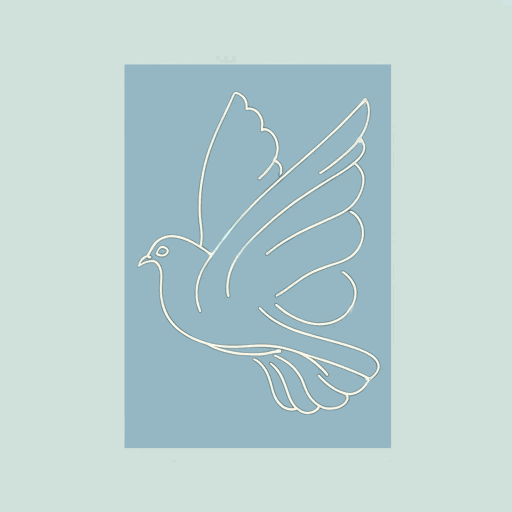
A Brave And Startling Truth
Maya Angelou

All God's Children Need Traveling Shoes
Maya Angelou

A Song Flung Up to Heaven
Maya Angelou

Gather Together in My Name
Maya Angelou

I Know Why The Caged Bird Sings
Maya Angelou

Letter to My Daughter
Maya Angelou
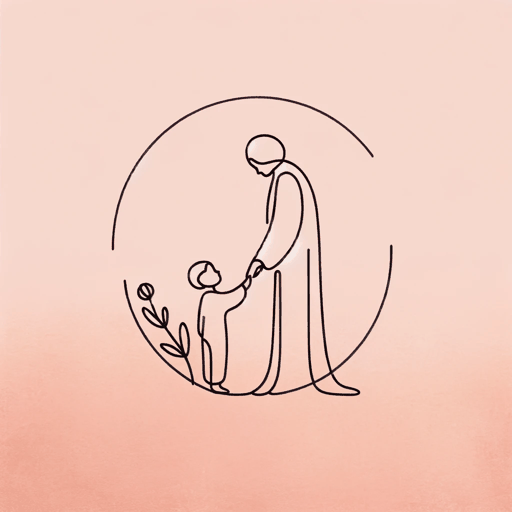
Mom & Me & Mom
Maya Angelou

Mother, A Cradle to Hold Me
Maya Angelou

On the Pulse of Morning
Maya Angelou

Phenomenal Woman
Maya Angelou

Still I Rise
Maya Angelou
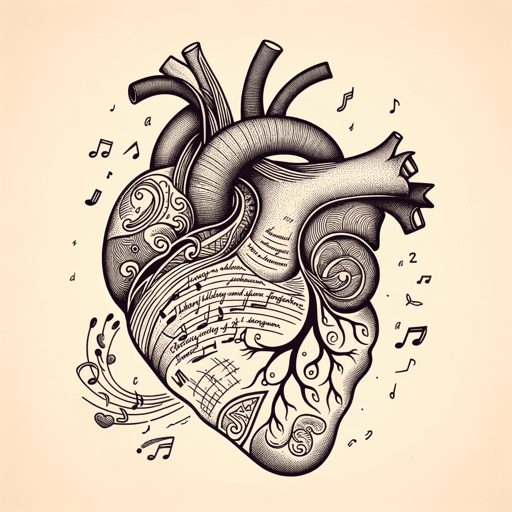
The Heart of a Woman
Maya Angelou
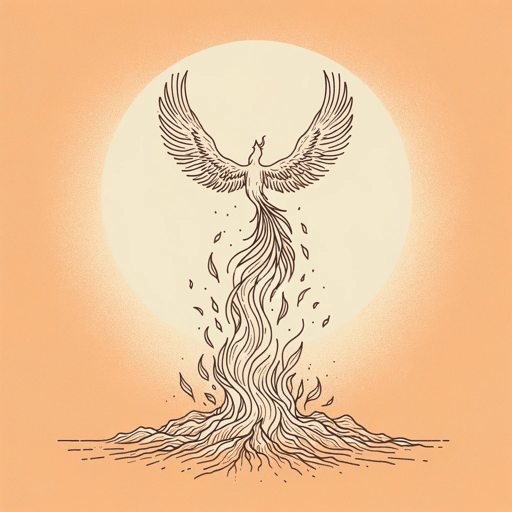
The Lesson
Maya Angelou
